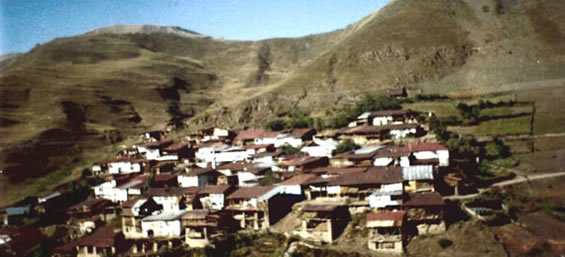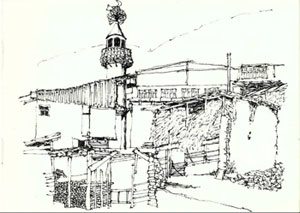Project Members
- Diana Forker
A Grammar of Hinuq

The project aimed at the description of Hinuq (Nakh-Daghestanian). The description included the phonology, morphology and syntax of Hinuq as well as a couple of texts and a short dictionary.
Hinuq is the smallest of the five Tsezic languages spoken in south Russia in the Caucasus, by about 500 speakers. It belongs to the Nakh-Daghestanian language family. The speakers of this language live mainly in one small village in the Daghestanian mountains near to the Georgian border. Although they acquire Hinuq as their first language, Russian is becoming more and more dominant since Russian is used in formal schooling, television, and public life in general.

As is typical of Daghestanian languages, Hinuq has certain interesting features such as a rich local case system with about 28 local cases and a noun-class system with five classes used to mark agreement between nouns in the absolutive case and verbs, and coreferential adjectives or adverbials.
The project was intended to give a description of the various grammatical aspects of Hinuq. The description included several glossed and translated texts such as traditional narratives and culture-specific texts and a Hinuq-English dictionary. The project was supervised by Prof. B. Comrie and was related to other projects on the Tsezic languages (Bezhta, Khwarshi and Tsez) at the MPI-EVA.